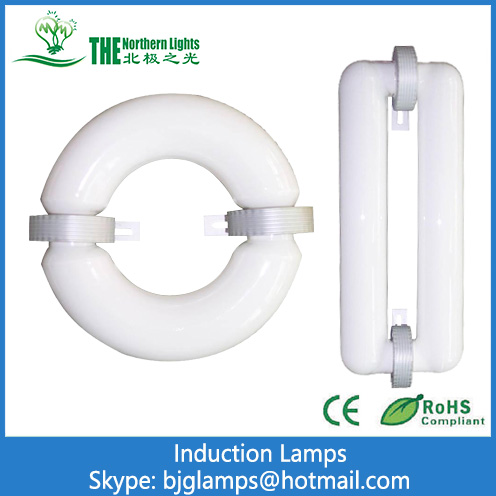Nichia has announced that it has developed a white LED chip with an efficiency of 100 lumens per watt and is expected to be mass-produced this year. The move comes from increasing competition to improve the efficiency of white LEDs so that they can compete with conventional lighting devices. Nichia demonstrated its prototype of chandeliers and spotlights with white LEDs. For white LEDs, the efficiency must rise to between 70 and 100 lumens per watt to match the fluorescence. In fact, 100 lumens per watt is a milestone for white LED manufacturers. It was originally expected to reach this level by 2008-2010. Large output white LED chips are already visible on the market, but consume more power and reduce efficiency. One approach is to implement efficiency as a module or a luminaire using multiple chips. In this case, each white LED chip does not have a large lumen output, but requires low power dissipation to achieve high efficiency. The chip developed by Nichia outputs 6 lumens at a 20V input of 20mA, achieving an efficiency of 100 lumens per watt. Nichia plans to deliver samples in June and begin mass production at the end of the year. The first products will be packaged in 5mm diameter lamps. Nichia has predicted that 100 lumens/watt of white LED chips will be available in 2010. However, on its development blueprint, this timetable was speeded up and set a new target of achieving 150 lumens per watt in 2007.
1

Induction lights China Factory:
The internal electrodeless lamp or induction lights is a gas discharge lamp in which the power required to generate light
is transferred from outside the lamp envelope to the gas inside via an electric or magnetic field, in contrast with a typical
gas discharge lamp that uses internal electrodes connected to the power supply by conductors that pass through the lamp
envelope. There are three advantages to elimination of the internal electrodes:
Extended lamp life, because the internal electrodes are usually the limiting factor in lamp life.
The ability to use light-generating substances of higher efficiency that would react with internal metal electrodes in normal lamps.
Two systems are described below – plasma lamps, which use electrostatic induction to energize a bulb filled with sulfur vapor or
metal halides, and fluorescent Induction Lamps, based upon a conventional fluorescent lamp bulb in which current is induced by an
external coil of wire via electrodynamic induction.

Induction Lamps
Lvd Induction Lamp,Halogen Lamps,Reading Lamps,Magnetic Induction Lamp
Changzhou Northern Lights Energy Technology Co.,Ltd. , http://www.lamps-china.com

